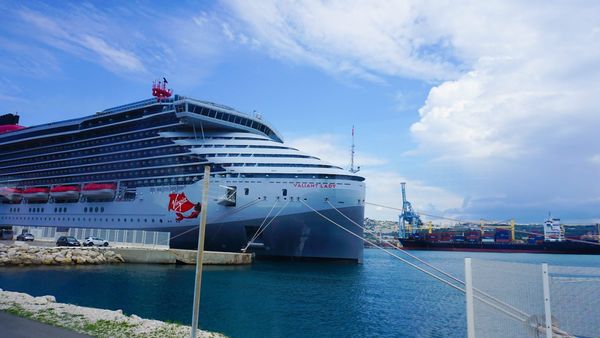Excavations at a central Italian city upended the belief that it served as a “backwater town” during the Roman era, finding instead it was a thriving centre till the 3rd century.
The decade-long research, published recently in Roman Urbanism in Italy, rewrites the timeline of the ancient empire’s collapse.
So far, at sites across the city Interamna Lirenas, archaeologists have uncovered several ancient buildings and structures, including a roofed theatre, river port, market locations, warehouses, many of which seem to have survived and thrived centuries longer than previously thought.
The findings upend previous notions that the city was an ancient Roman backwater, but a thriving town adapting to challenges it encountered for nearly a millennium.
The town’s size did not peak in the late 2nd or early 1st centuries BC, as was previously thought, but managed to fight off decline till the later parts of the 3rd century AD, scientists say.
They say there is now “clear evidence” of the town’s sustained growth from the mid-Republican to early Imperial period, “with no real signs of either contraction or decline until the later part of the 3rd century AD.”
“We found a thriving town adapting to every challenge thrown at it for 900 years,” archaeologist Alessandro Launaro from the University of Cambridge said, adding that there are broad implications for the findings.
One of the most striking features of the town found during recent archaeological excavation was evidence of its “dense occupation” during Roman times.
One inscription found during excavations also suggests the town was likely visited by Julius Caesar in 46 BC.
Researchers now have evidence that the city’s built area was “packed with a wide array” of private and public buildings.
One ancient roofed theatre uncovered in the city measuring about 45m (150ft) by 26m (85ft) in size could have been large enough to seat 1,500 visitors, they say.
The theatre was found to be in full use throughout the life of the city.
Scholars also unearthed several courtyard buildings and a “much larger proportion” of domestic house units, which they say indicated “higher population density and an even larger population overall.”
Recent evidence points to Interamna acting as a direct link to nearby markets via its link to the river with its port estimated to have been at the peak of operations between the first century BC and 4th century AD.
“Interamna likely offered a diverse range of opportunities to many, something which may well explain its population levels and dense occupation over a prolonged period,” Dr Launaro said.
Overall, scientists now believe the city was in continued use and maintenance beyond the time around which Roman Italy saw decline.







